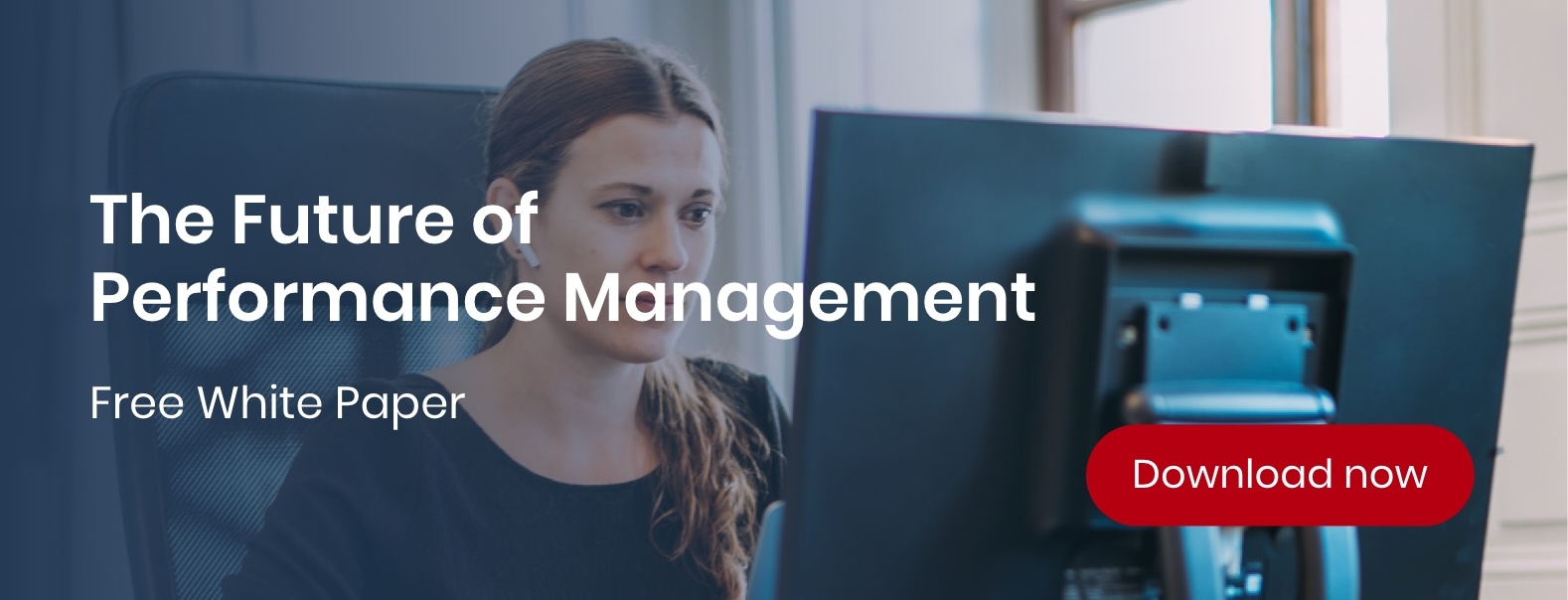4 Steps to Measuring Employee Experience in an Authentic Way

Learn more about the following beqom products
Understanding what is important to employees can help us give them the experience we want them to have, and enable us to make better decisions about how to reward and motivate them.
To truly assess the employee experience requires understanding fleeting moments in time, which can be hard to capture: first impressions, peer interactions, manager touchpoints, and so on. Is there a systematic way we can measure and understand the moments that matter along the employee journey? How can a performance management system help with measuring the employee experience?
As Gartner stated, “moments that matter” for HR are the moments that impact an employee’s organizational experience most significantly throughout their day, year, and career. These key moments allow us to learn more about what’s truly important to our people, rather than the moments that HR and leaders think matter.
To take this one step further, measuring these moments can give insight into the small but important interactions employees are having, and enable HR to take action to improve the employee experience. The experiences around onboarding, getting feedback from a coworker, having a checkpoint discussion with a manager, setting goals, or getting a performance review, can have a huge impact on how the employee feels about the company and their job.
Although it may be recognized that the moments matter, often they are not effectively measured due to a lack of reporting and visibility. It is important for HR to understand the meaning of all the granular interactions that happen continuously across and between users in our platform.
Also important is to determine the measures that can be useful in assessing the employee experience, leadership effectiveness, coaching capabilities, and the drivers behind an employee’s growth and development within an organization.
Here are four steps to reorient your thinking about how you can authentically measure the employee experience and use that information to inform strategy and build a high-performing organization.
1. Formulate strategic business questions
The advances in people analytics during the past decades have demonstrated that gathering and analyzing HR data on a large scale can provide invaluable insight into HR and business decisions. At the same time, there is a growing amount of literature that reveals a lack of understanding regarding the impact that these interventions have on organizations.
Often, the work of “people analysts” is dedicated to studying highly operational data. This may include such tasks as forecasting attendance, assessing attrition risk, or creating global dashboards on headcount-related metrics.
Currently, the statistic shown by most HR teams in boardrooms is often headcount, followed by employee engagement results. However, what is often missing is the ability to formulate strategic questions for a business. Considering such questions gives HR the ability to present at the senior level of the organization and promote concrete actions. The discussion of key metrics below may give you some ideas about what strategic questions can be answered by gathering the right performance-related data.
2. Measure the interactive moments that matter
Strategic workforce planning tools have evovled rapidly. These allow companies to evaluate the impact of certain attributes at the individual level and their effects on performance. These tools can provide a wealth of insights.
However, often the limitation is that the information sent to these tools is focused on the individual rather than on the interactions of that person in the organization. This often leads to information that is incomplete. The information is not representative of the real-life flow of interactions between colleagues and between employees and leaders. These interactions hold a wealth of valuable information, if you know what to measure and what questions to ask.
3. Consider 3 key people metric questions
The first task is to decide what to measure. This derives from what the organization wants to achieve. If the goal is to ensure a positive employee experience and develop effective leaders, we should consider questions such as:
- How can we identify good coaching practices in our organization?
- What are the metrics that have a predictive impact on employee experience?
- What measures have been found to be strong drivers of leadership effectiveness?
These are significant questions that must be carefully considered, to establish what the organization is trying to achieve. The answers then allow HR to distill concepts into measurement frameworks. They also require defining how they are going to measure impact. This is a point that is often ignored by performance management platform providers.
4. Find a performance management solution
Companies need a way to navigate the complexity of what can be measured in performance. A performance management platform should provide advice and recommendations on how to approach the answers to those key questions. An experienced performance management solution provider can help a company connect the data points and enhance decision-making for both HR and the overall business. Engagement surveys are not enough.
beqom’s Continuous Performance Management (CPM) platform has the ability to transform the way organizations measure and support the global employee experience. Our employee experience strategic measurement frameworks help global organizations evaluate key aspects of their employee experience. They also enable them to drill down into inconsistencies and highlight key areas of focus.
Creating such a framework enables companies to start creating leading and continuous indicators of the employee experience. These indicators go beyond engagement/pulse surveys. They deliver powerful insights that can proactively help address inconsistencies in the way we manage our people.
For more information or to get started with measuring your employee experience, contact beqom at www.beqom.com/contact-us.








